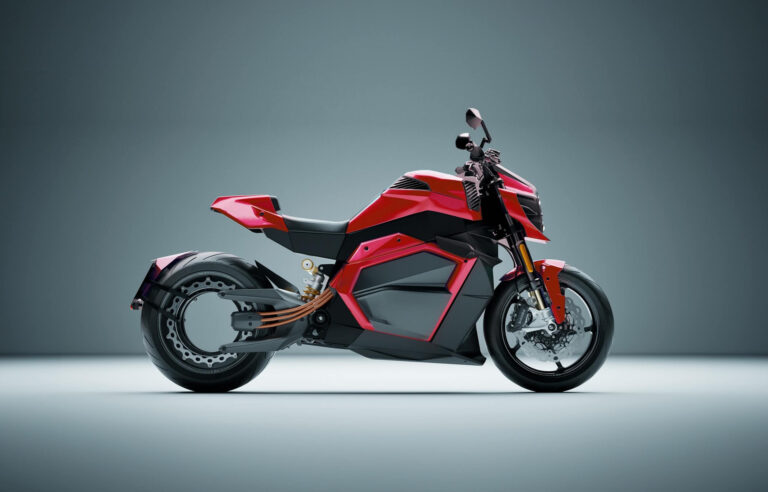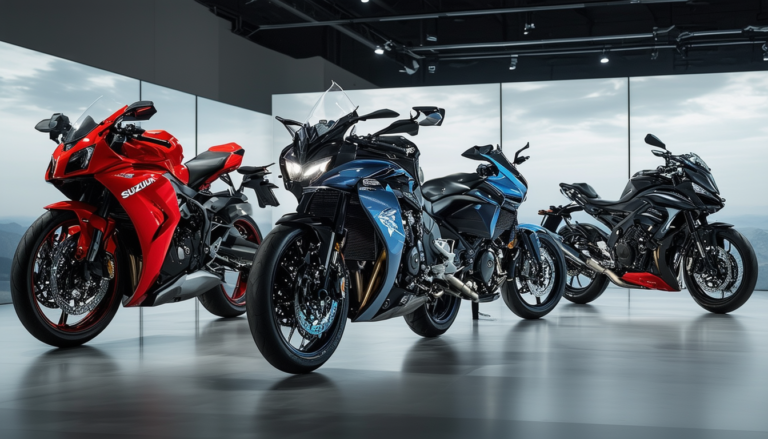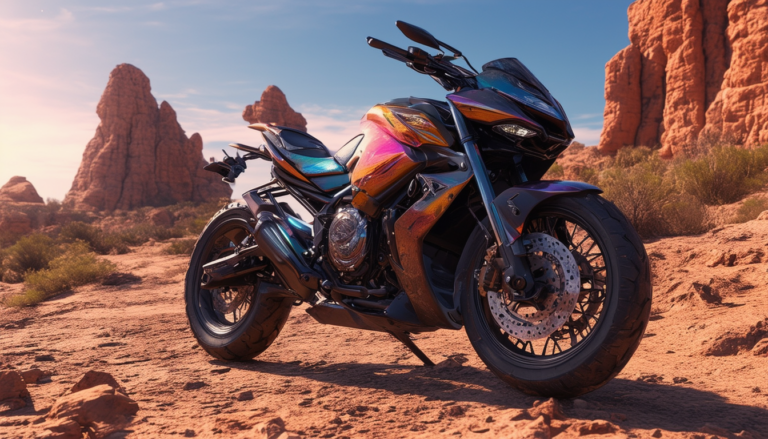Honda’s Motorcycle Division Shines Amidst the Turbulence of Nissan’s Alliance
Amid the backdrop of Honda’s potential merger with Nissan, it is essential to spotlight a critical yet often overshadowed facet: Honda’s thriving motorcycle division. As the two automotive giants navigate financial challenges and consolidation, Honda’s two-wheeler segment stands out, having captured a remarkable 40% of the global market. With an impressive production capacity exceeding 20 million units annually and a robust sales forecast, the motorcycle division is not just surviving but indeed thriving, demonstrating resilience and strong potential for expansion.
In the wake of a potential alliance between Honda and Nissan, there are whispers of uncertainty in the automotive industry, but amidst this turbulence, Honda’s motorcycle division continues to stand out. With an impressive market share and robust production capabilities, Honda’s two-wheeler segment is not only thriving but also positioned for further expansion. This article explores how Honda’s motorcycle division is faring amid these significant corporate changes.
The Impact of the Alliance on Honda
The anticipated merger between Honda and Nissan has ignited discussions on the future of both manufacturers. While such alliances can often overshadow smaller divisions, Honda’s motorcycle arm remains a vital component contributing to its overall brand strength. The motorcycle division, accounting for a notable 40% of the global market, has a solid foundation that can endure the pressures of corporate dynamics.
Potential Independence for the Motorcycle Division
As Honda navigates the complexities of integrating with Nissan, its motorcycle division may benefit from a newfound independence. A restructuring may allow for independent decision-making, focusing specifically on enhancing the motorcycle segment. This autonomy could serve as a catalyst for further innovations and product developments that will keep the brand competitive in the global market.
Robust Sales Performance
Amidst the challenges faced by the automotive industry, Honda’s motorcycle sales have flourished. Recent financial reports indicate that motorcycle sales for the first half of the fiscal year 2025 have outperformed previous periods. Honda’s ability to produce over 20 million units annually at 37 production facilities around the world showcases its robust manufacturing capabilities, which are critical as the market evolves.
Global Distribution Network
Honda boasts an extensive distribution network with more than 30,000 motorcycle dealerships across various countries and territories. This global reach not only facilitates sales but also allows for customer engagement through localized marketing strategies. The strong presence in diverse international markets empowers Honda to adapt to varying consumer preferences and emerging trends.
Challenges Within the Alliance
While Honda’s motorcycle segment shines brightly, the potential alliance with Nissan casts a shadow of uncertainty. The complexities involved in merging two large entities raise questions about how resources and focus will be allocated. If the motorcycle division is burdened with the ramifications of Nissan’s financial difficulties, progress could slow down, hindering its growth opportunities in the long term.
Strategic Moves and Sustainability
As Honda seeks to maintain its dominance in the motorcycle market, strategic maneuvers to sustain its momentum will be crucial. With the automotive sector shifting towards electric vehicles, it’s imperative for Honda to explore sustainable practices within its motorcycle division, potentially paving the way for innovative electric and hybrid two-wheelers that appeal to eco-conscious consumers.
The Future of Honda’s Motorcycle Division
Looking forward, the future of Honda’s motorcycle division appears promising, especially if it can retain its unique identity amidst the broader corporate merger discussions. The focus on expanding global market presence and improving product offerings can position Honda as a leader in the motorcycle segment, regardless of the challenges that arise from the alliance with Nissan.
As Honda embarks on a potentially transformative alliance with Nissan, it’s important to note the significant role that Honda’s motorcycle division plays amidst these corporate shifts. With a 40% share of the global motorcycle market, Honda’s two-wheeler segment is not only thriving but also poised for further expansion. This article highlights key aspects of Honda’s motorcycle operations that stand strong during this period of uncertainty.
Strength in Market Position
Honda’s motorcycle division has established itself as a leader in the global market. Producing over 20 million motorcycles annually across numerous facilities worldwide, the brand boasts an extensive network of over 30,000 dealerships. This vast production capacity and distribution framework enable Honda to maintain its stronghold even as automotive segments face challenges from competitors and shifts in consumer demands.
Independence Could Foster Growth
As Honda seeks to integrate with Nissan, there are speculations that its motorcycle division might be granted more autonomy under a new holding structure. This independence could allow the motorcycle segment to innovate and expand without being heavily influenced by Nissan’s current financial struggles. The potential for focused growth in the motorcycle sector is an encouraging sign for enthusiasts and investors alike.
Financial Performance and Forecasts
The latest financial reports reveal that Honda’s motorcycle sales for the first half of the fiscal year 2025 have outpaced those of the previous year, reflecting a growing demand for two-wheelers. This uptrend not only underscores the resilience of the motorcycle division but also indicates a promising outlook as Honda navigates its merger initiatives.
Focus on Innovation and Development
Innovation remains at the core of Honda’s motorcycle strategy. The company has been investing in research and development, particularly in the area of electric motorcycles and advanced technologies. As the industry shifts towards eco-friendly transportation solutions, Honda’s commitment to producing cutting-edge motorcycles positions them favorably against competitors striving to adapt to market trends.
A Bright Future for Honda’s Motorcycle Enthusiasts
For riders and enthusiasts, Honda’s continued focus on its motorcycle business signals that the company is not neglecting its roots during this period of corporate transition. Whether through new models or enhanced rider experiences, Honda’s dedication to the motorcycle community will undoubtedly continue to inspire adventures on two wheels, reaffirming their legacy in the industry.





